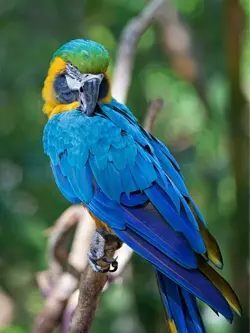- Joined
- May 1, 2008
- Messages
- 25,502
- Reaction score
- 5,111
- Location
- UK - England
- Can others edit my Photos
- Photos OK to edit
- Moderator 🛠️
- #31
One thing about a lot of zoo animals ... because of the enclosure, most of them move in repetitive paths. Watch them for a while, then you can position yourself in a good target area.
Because they are bored ****less
Aye sad but true - It's also one reason that I tend to prefer some smaller establishments. Sadly many zoos are built upon the Victorian idea of a zoo and are located in terrible urban or near urban areas which present very little expansion space; and have pens and enclosures that are sadly far from suitable in size for their content. Whilst this has changed over the years it still doesn't relocate the zoos themselves to better locations.
Plus one can see subtle things too in how pens are arranged; many zoos typically offer little to no shelter or hidden spaces; the pen is on show and the job of the zoo is indeed to market and show their animals. In contrast many wildlife centres often have much more foliage and hidden spots and the focus from the ground up is different.
ps this is not to say that zoos do not try and that attitudes have not changed; more to reflect on the fact that many are simply victims of their past and as an entity probably find it difficult to impossible to make wholesale changes whilst remaining financially viable.










![[No title]](/data/xfmg/thumbnail/39/39289-c5ea6a611707fdd5786347f4a67d63ae.jpg?1734173256)








